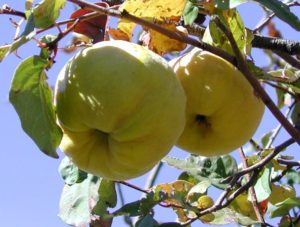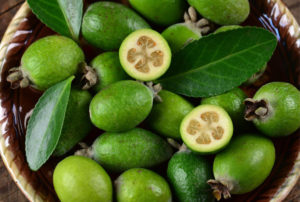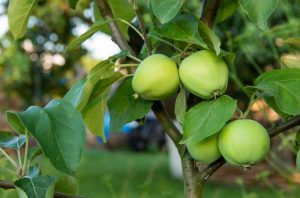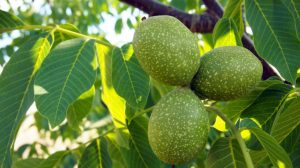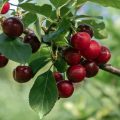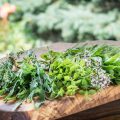Many people love cherries, but not all gardens allocate a place for them. The reason often lies in the unsuccessful experience of growing this useful crop. She is quite capricious, and if the conditions of your site do not suit her, such an idea is almost guaranteed to not bear fruit. We will tell you how to plant a cherry and take care of it so that the plant is not bothered by dangerous diseases, and it annually thanks you with good harvests.
All preferences of Prunus cerasus
Prunus cerasus is very soon fruitful, the first flowers and single fruits appear on the 3rd-4th year. Stone trees are generally less durable than seed trees, so it is necessary to grow a replacement for aging trees in a timely manner. Like all stone fruits, it is planted in the spring: during autumn planting, plants can die and in any case take root worse.
Soils
Unlike other fruit trees, Prunus cerasus does not feel well on slightly acidic soils. It is a native of the steppes, where the soils are neutral or even slightly alkaline, and therefore requires the same conditions in the garden. Prunus cerasus is thermophilic and very light-loving — in the lowlands, where cold moist air accumulates, or in places with excessive moisture, it is not necessary to count on high yields and a long life of the tree. Choose a place of honor for the cherry — well-lit, protected from the winds — where the tree can bask in the sun. Give preference to varieties that are zoned for your region, so that they fully demonstrate their capabilities.
Pollinators
Another annoying mistake, which is nevertheless often made — is the lack of a suitable pollinator. Cherries are not self-fertile, especially old varieties (modern ones have partial self-fertility, but they significantly increase productivity from cross-pollination), so there should be at least two different varieties in the garden.
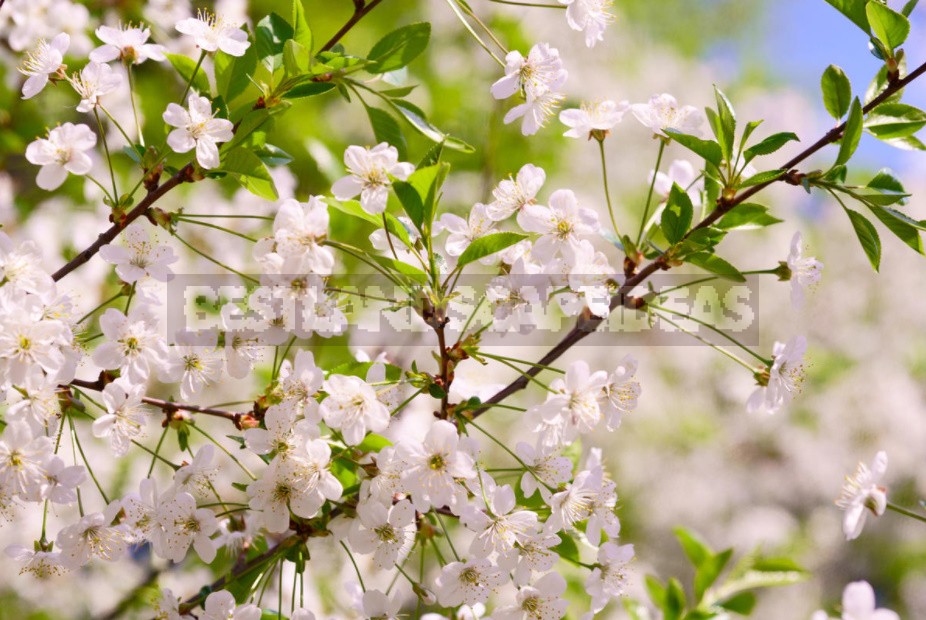
Why do cherries cry?
A distinctive feature of stone-stone crops is that under unfavorable conditions they literally “bleed”: thick gum appears on the trunks and large branches. The reasons can be different from unsuitable soil and lack of lighting to infection with some kind of infection and overzealous pruning — in any case, the tree is weakened. Remove the gum, cover the wound and pay more attention to the tree to find and eliminate the cause. If it succeeds — the gum no longer appears.
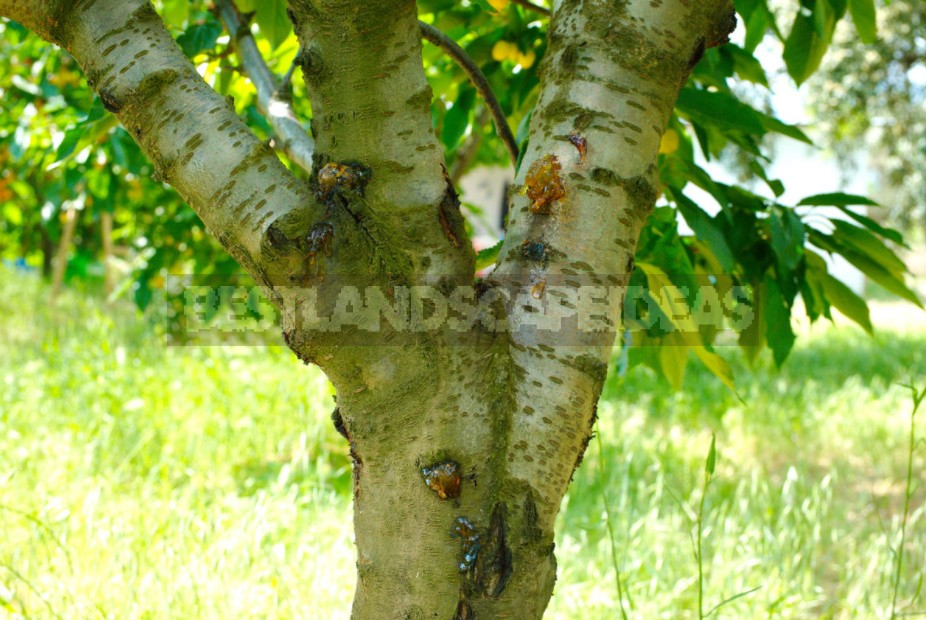
Bush-like and tree-like cherries. Differences in cropping
Like all stone fruits, it is necessary to trim the cherry very carefully. And for proper pruning, it is desirable to know the characteristics of the variety.
Varieties of Prunus cerasus are divided into two groups — bush-like and tree-like. This division is based on the structure of fruit formations. Both of them, if they are root-related, can be formed both in the form of a small tree and a “bush” (more precisely, a multi — stemmed tree). In the case of a grafted seedling, the only option is only a classic single-stemmed tree.
Bushy cherries bear fruit only on the increments of the previous year. Their flower buds live only one year, and every season the fruiting zone shifts to the periphery of the crown, and a tangle of bald and often tangled branches remains inside. In most cases, only sanitary pruning and removal of thickening twigs growing inside the crown, as well as all directed downwards, is enough.
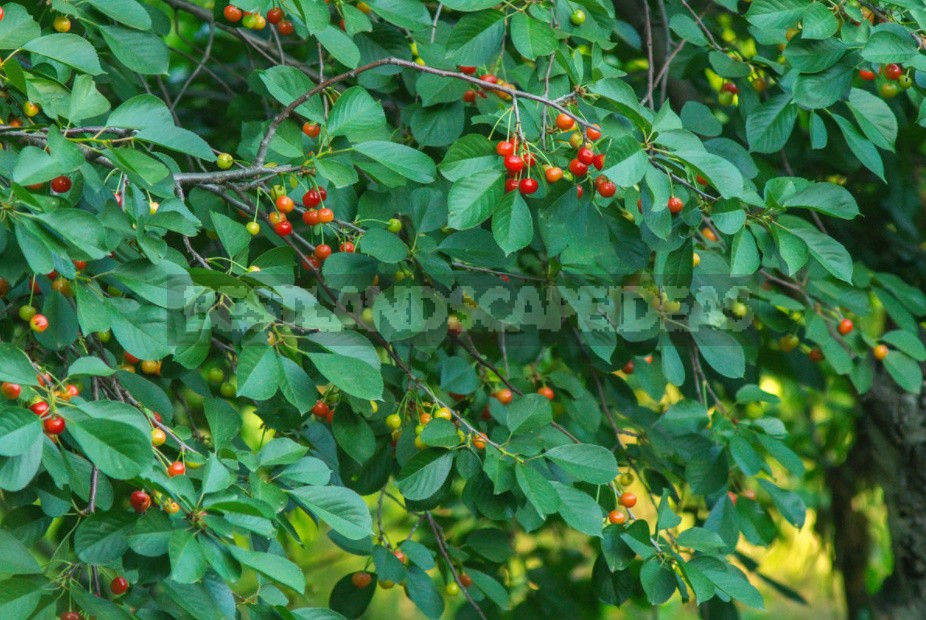
If there are bushy cherries growing in your garden and there is enough space to increase the size of the crown, you can leave everything as it is and only do sanitary pruning. Thinning is the main operation in the formation of the crown of such cherries. When the branches are exposed too much and the length of the annual increments decreases, rejuvenation is carried out. If there is a strong and well-located top on the branch, it is advisable to cut off the transfer to this top and remove the old branch. Bush-like varieties usually require rejuvenating pruning already at the 7-8 th year of life.
Bushy cherries are characterized by strong branching. But if your task is a compact plant, then you can shorten the annual growth, this will stimulate branching, and therefore fruiting. True, from time to time you will deprive yourself of a part of the crop, and pruning will take a lot of time and effort, but it is simply impossible to bring bush-like varieties to optimal sizes in another way.
Tree-like cherries (most modern varieties) bear fruit on bouquet branches — these are perennial fruit formations. Thanks to the efforts of breeders, the compact dimensions of the crown of the plant are achieved (some varieties are only about 2 m high) and pruning is significantly simplified — in most cases, only sanitary and removal of a few poorly located branches is enough. The crowns of tree-like cherries are usually formed according to a sparse-tiered or low-stemmed bush-like system, with 5-8 skeletal branches.
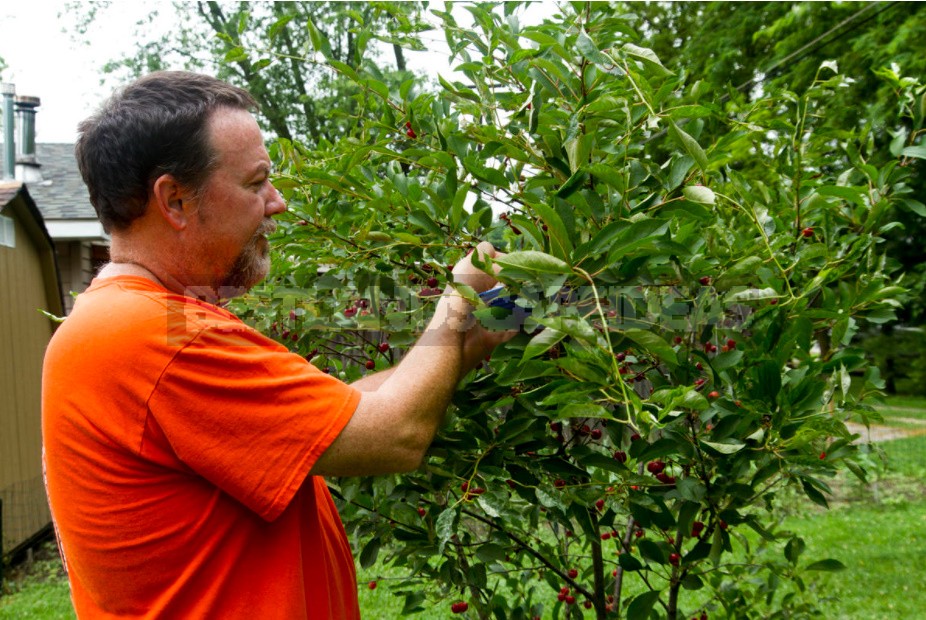
In any case, it is necessary to prevent thickening — and cut out all the branches going inside the crown, as well as all the branches directed downwards. When the length of annual increments decreases to 15-20 cm, it is time for rejuvenating pruning (the optimal length of annual cherry increments is 30-35 cm). Many varieties are characterized by hanging branches, they need to be cut off to transfer to an upward branch. It is necessary to pay attention to the angles of branch departure, since cherry trees often have crown fractures.
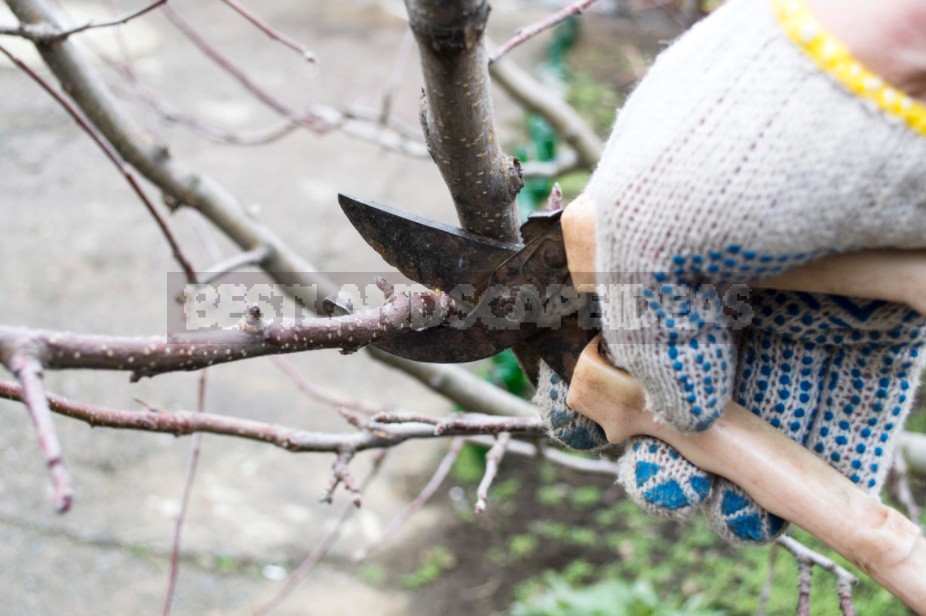
The peculiarity of cherries is that only vegetative buds bear strong gains, and medium and weak ones almost always consist mainly of generative buds, and only the apical kidney continues to grow. Shortening such an increase can lead to its drying out. In grafted trees, root offspring are removed (or planted for rearing for use as a rootstock) and all shoots below the grafting site. The growth of root-related trees can be used for vegetative reproduction.

